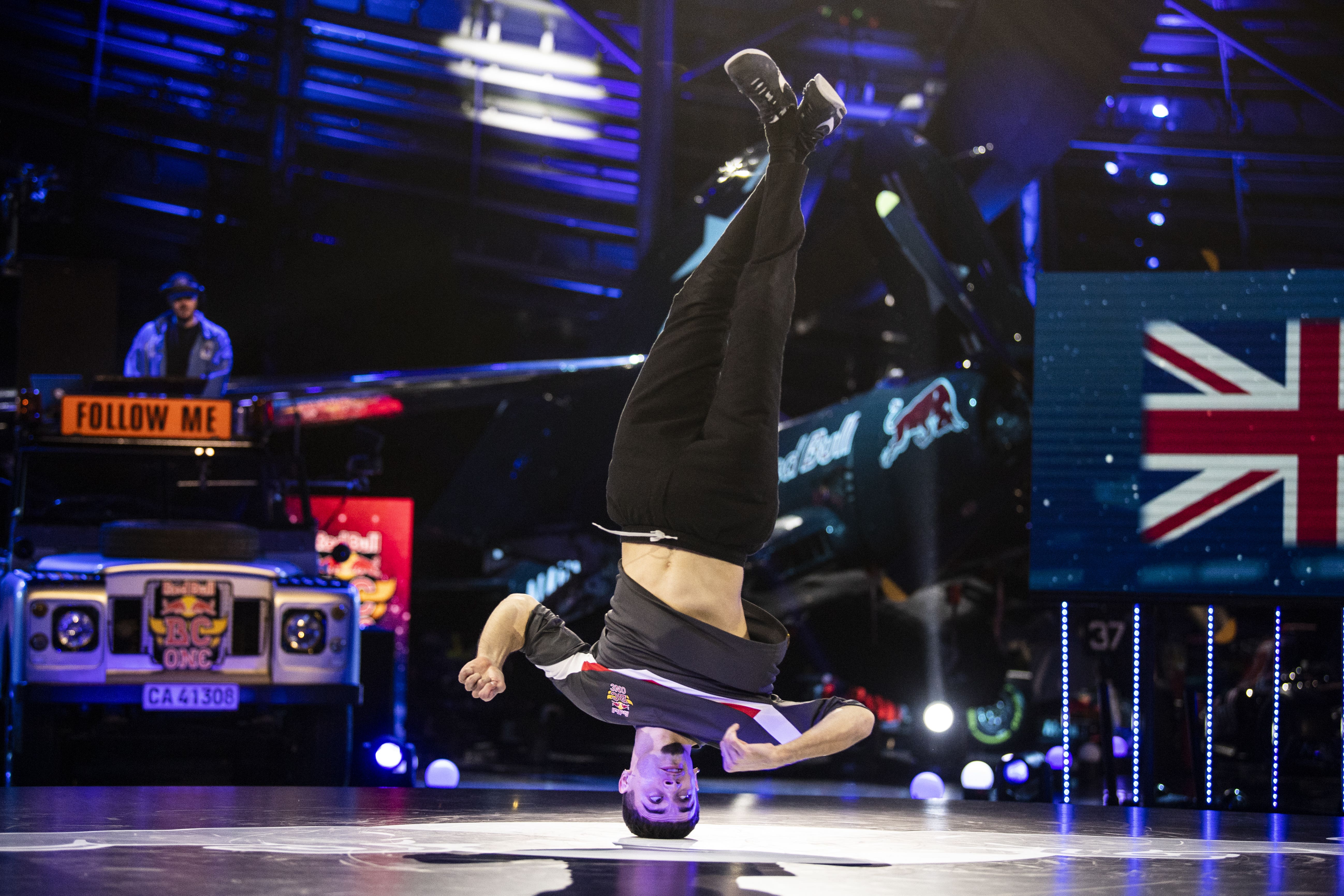From the Bronx to Paris – a look at Breaking as it makes Olympics debut
Breaking – as it will be known for Olympics purposes – originated on the streets of New York in the late 1970s.

Your support helps us to tell the story
From reproductive rights to climate change to Big Tech, The Independent is on the ground when the story is developing. Whether it's investigating the financials of Elon Musk's pro-Trump PAC or producing our latest documentary, 'The A Word', which shines a light on the American women fighting for reproductive rights, we know how important it is to parse out the facts from the messaging.
At such a critical moment in US history, we need reporters on the ground. Your donation allows us to keep sending journalists to speak to both sides of the story.
The Independent is trusted by Americans across the entire political spectrum. And unlike many other quality news outlets, we choose not to lock Americans out of our reporting and analysis with paywalls. We believe quality journalism should be available to everyone, paid for by those who can afford it.
Your support makes all the difference.From the streets of the Bronx to the urban heart of Paris at La Concorde, breakdancing will complete its extraordinary journey to the Olympics when it features on the programme for the first time in the capital next month.
Here, the PA news agency takes a look at the newest – and some might suggest most controversial – addition to the ever-expanding Olympic programme.
History
Breaking – as it will be known for Olympics purposes – originated on the streets of New York in the late 1970s. One of four original tenets of hip-hop, along with DJing, graffiti and rapping, it comprised crews aiming to out-do each other in acrobatic dance moves, to a backdrop of DJ beats. As its popularity surged, breaking became represented by a series of international events and competitions, culminating in its inclusion, to widespread acclaim, on the programme for the 2018 Youth Olympic Games in Buenos Aires.
Rules
Both men’s and women’s events in Paris comprise 16 b-boys or b-girls, drawn into four groups of four. They face off against other in an initial round-robin phase, with the two group winners advancing to straight knock-outs from the quarter-finals onwards. Each competitor performs solo, to music of the DJ’s choosing, with each of three rounds consisting of six alternating one-minute segments. Each round is scored by a panel of judges based on technique, vocabulary, execution, musicality and originality. The winner is the competitor who wins the majority of the three-round “battle”.
Moves
Whilst breaking allows for no end of manoeuvres, it is essentially broken down into three core elements – ‘top rock’, which comprises moves made whilst the competitor is still on their feet, ‘down rock’, which entails moves and spins made whilst on the floor, and the iconic ‘freeze’, which involves the competitor bringing themselves to a temporary stop, usually whilst balanced in a precarious or unnatural position, such as a headstand.
Favourites
The inaugural women’s Olympic title could come down to a battle between Lithuanian teenager Nicka and Japan’s Ayumi, who contested the world final in September last year, where the Lithuanian emerged as a slender 2-1 winner. French teenager Syssy is also expected to be in the mix. In the men’s competition US star Victor will start as favourite over Canada’s Phil Wizard while former youth prodigy Shigekix heads up a strong Japanese contingent. Sadly no British breakers managed to qualify for the Paris Games.